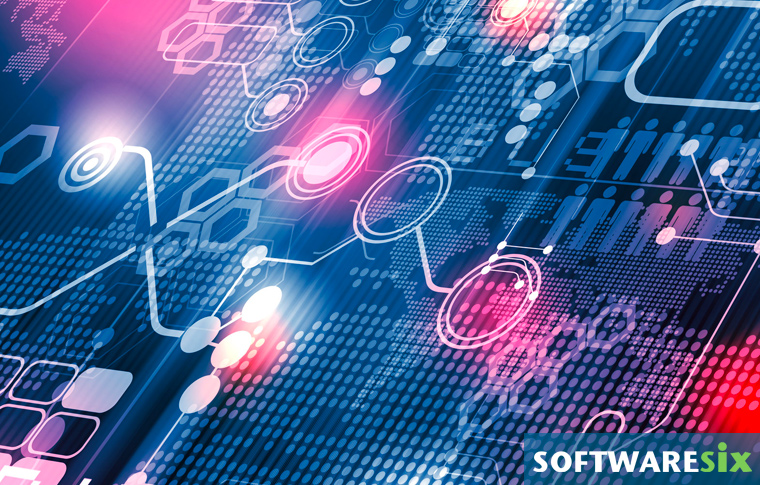The Internet of Things (IoT) is here to stay. It’s the force that will drive our technological advances for years to come. Behind the IoT are 3 technologies acting as supporting characters. These technologies are Artificial Intelligence, 5G and Big Data. Combining 1 or more of these techs together with IoT technology will shoot our society even higher.
Of the technologies mentioned above, the biggest hope for a better connected future lies with the combination of AI and IoT—AIoT. The concept of AIoT is becoming more mainstream and it’s likely to continue to influence and change the ways we live our lives as well as how we handle and process data.
Overview of technologies
Artificial intelligence is probably the most well-known technology of the 3一even if your brain does go to science fiction. AI is the process of using programmable intelligence to give devices the ability to act like humans. Specifically, the ability to learn, reason and process information in human-like ways.
5G networking is the next big thing in cell phone technology. 5G networks are very fast and bring with them the promise of near-zero latency, which allows for data processing that happens in real time.
Big Data is the final piece of the puzzle. Our society relies so much on the transfer of data that we now have more data in storage than ever before. Big Data is the collection of data we generate from Internet-connected devices that normal processing methods aren’t equipped to handle because they’re too large.
AIoT encompasses devices over a smart-connected 5G network, which opens up the ability to access data in ways we could never have dreamt possible.
Where will AIoT take us next?
The rise of AIoT can be broken down into 3 segments: Smart City, Smart Home and Smart Industry.
Smart City
The concept of a Smart City is a city in which all of its municipal services are integrated in such a way to make them safer and more convenient for its citizens to live. Examples of AIoT applications include using open data to make urban planning better and easier, making the public safer through the use of smart traffic surveillance devices and devices to help optimize energy consumption.
Smart Home
Smart Home is 1 of the more familiar of the AIoT segments as many homes are already incorporating smart devices to make their lives easier. For example, the use of coffee makers, thermostats, lights and TV that have the capability of learning their users’ habits are already widely used.
Expect to see more development into devices with the capability of making homes more energy-efficient and safer as well as provide more entertainment and increase personal comfort.
Smart Industry
When AIoT enters the industrial sector, it transforms into the Industrial Internet of Things (IIoT). IIoT devices utilize real-time data analytics as well as machine-to-machine sensors to ensure that operations are running at optimal levels. Additionally, this allows them the ability to optimize logistics and their supply chain. All of this allows industries to see what’s coming in the future and help to mitigate errors and workplace injuries.
This is only the beginning of what IoT and other technologies will do to shape our future. As quickly as things are changing, it’s important that businesses (and people) stay up-to-date on newly emerging technology.
